Innovative technique using underwater cameras illuminates how management practices and environmental conditions affect oyster reef habitat
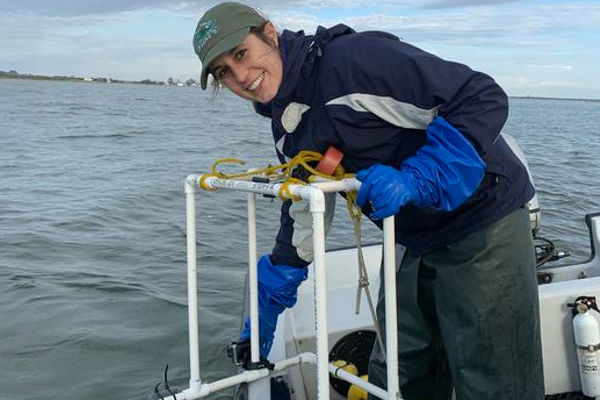
A recent study used a novel technique to assess types of habitat provided by oyster reefs across 12 tributaries in the Chesapeake Bay.
Researchers from the University of Maryland, Baltimore County (UMBC), University of Maryland, Baltimore (UMB) and the Smithsonian Environmental Research Center (SERC) used underwater cameras to collect images of reef structures at approximately 50 sites in each tributary – a total geographic span of 215 km (133 miles). The research team also repeatedly sampled habitat in two of the tributaries in 2017, 2019 and 2021 to track change over time.
The study, which was published in Marine Ecology Progress Series, used underwater photography to solve two big challenges to understanding restoration success. Previous studies have primarily focused on oysters themselves, rather than the habitat their reefs generate, and different monitoring techniques are not always comparable.
“Using one simple method of assessing oyster reefs allowed us to survey a large number of sites efficiently and to make comparisons among all different types of oyster reefs,” said Matthew Ogburn, senior scientist at SERC and senior author on the new paper. “Our research supports the idea that oyster restoration results in more oysters but also more complex reefs that provide habitat for other species.”
The study included sites in Maryland and Virginia with a wide range of salinities. The team observed restored and unrestored reefs, oyster sanctuaries and harvested reefs. Findings indicated that unharvested reefs and restored reefs had the most complex reef structures, including more surface area covered with oysters and greater reef height – meaning the height of the reef above the bay bottom. Complex reef structure tends to create richer habitat for oysters and other bay wildlife, such as fish and crustaceans. The role of salinity was more nuanced and depended on a reef’s restoration and harvest status.
“Managing harvest and managing restoration are two of the biggest tools that managers have,” said Allison Tracy, assistant professor of marine biotechnology at UMBC/UMB and lead author on the new study. “It’s interesting to see at this scale that we’re able to pick up important contributions to habitat patterns from harvest, restoration and salinity together.”
The sites tracked over time all saw an overall upward trend in habitat scores over the years of the study, which is good news for the bay and people who depend on it.
“Reefs that were unharvested and restored maintained a higher habitat score more consistently over that time period,” said Tracy.
While restoring reefs and designating some reefs as sanctuaries for oysters are important, “the solution is not to stop harvesting,” Tracy said. The researchers note that harvested reefs still provide important, if different, habitats. For example, some species prefer sparser reefs.
“Those harvested reefs are still providing habitat,” Tracy said. “It’s not that habitat on harvested reefs is not important, they’re just contributing something different while also having economic importance.”
Now that you've reached the end of the article ...
… please consider supporting GSA’s mission to advance responsible seafood practices through education, advocacy and third-party assurances. The Advocate aims to document the evolution of responsible seafood practices and share the expansive knowledge of our vast network of contributors.
By becoming a Global Seafood Alliance member, you’re ensuring that all of the pre-competitive work we do through member benefits, resources and events can continue. Individual membership costs just $50 a year.
Not a GSA member? Join us.
Author
Tagged With
Related Posts
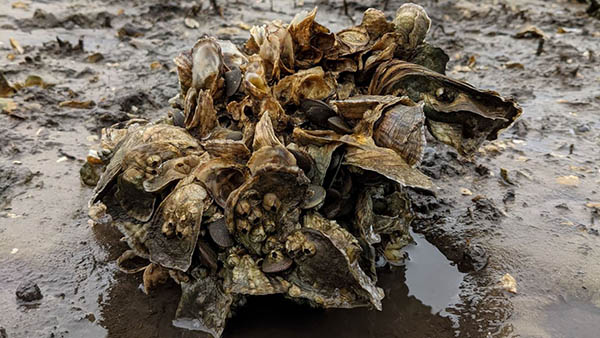
Innovation & Investment
Can drones detect early signs of oyster reef deterioration?
New research shows that the digital elevation map produced by drones can accurately determine the condition of an oyster reef.
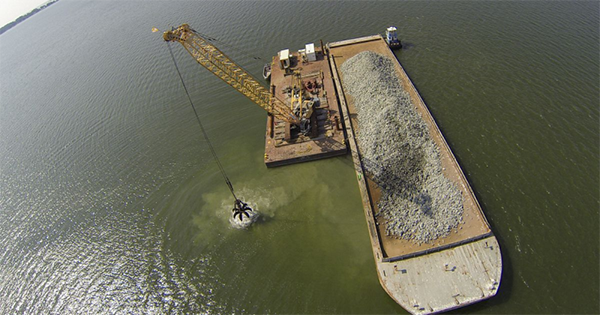
Responsibility
World’s largest oyster reef restoration project shows ‘significant progress’
A large-scale oyster reef restoration project led by NOAA aims to revitalize more than 2,300 acres in Maryland and Virginia waters.
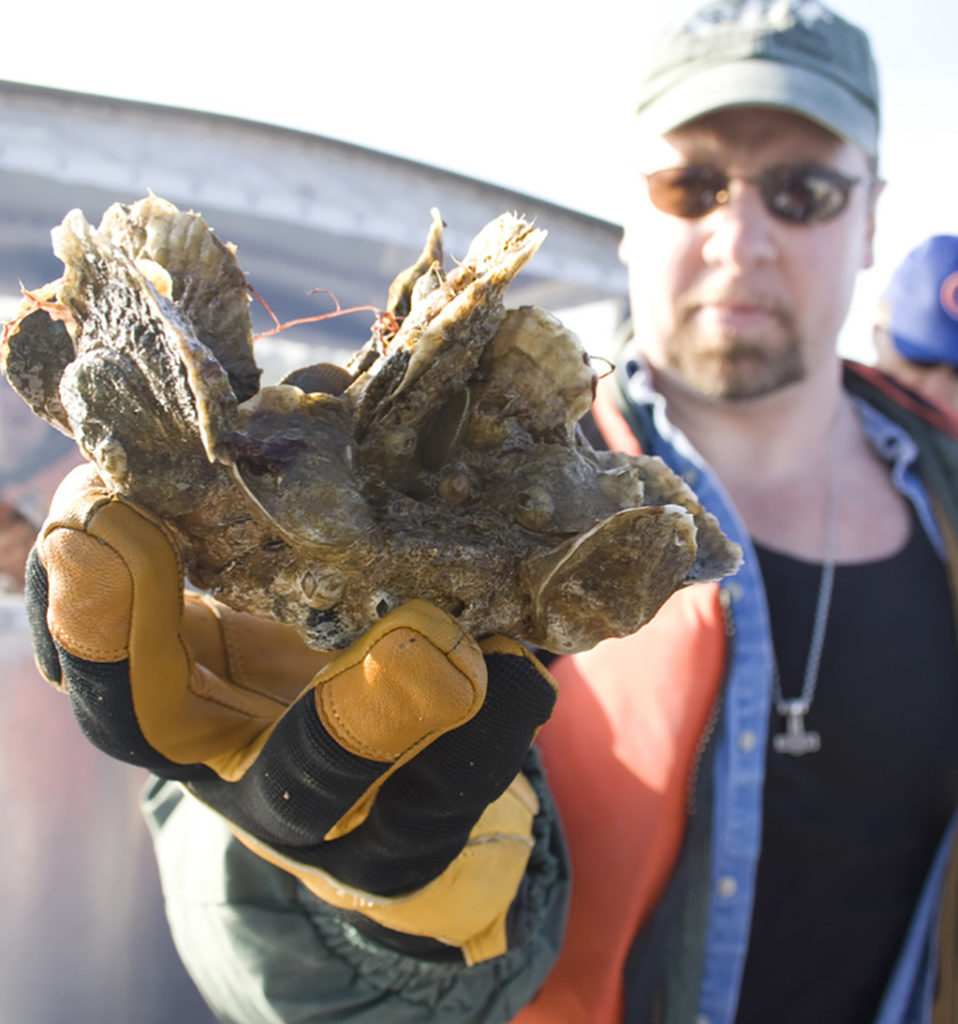
Responsibility
Oyster farm water quality and hydrodynamics in Chesapeake Bay
Study looks at how water quality and hydrodynamics vary among Chesapeake Bay oyster farms, as well as the differences inside and outside grow-out areas.
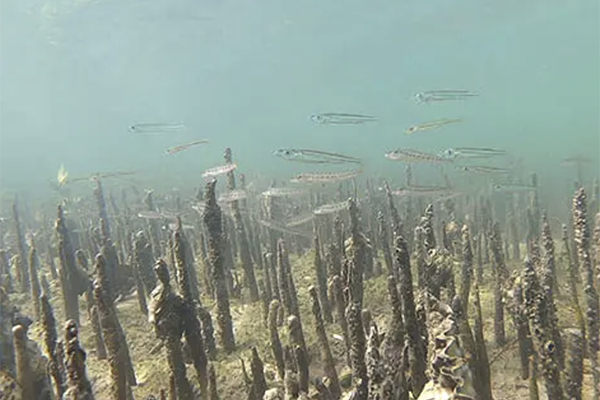
Responsibility
Shellfish reefs improve marine biodiversity in South Australia
Benefits of more shellfish include improved water quality from filter-feeding and providing habitat and nursery grounds for marine species.



